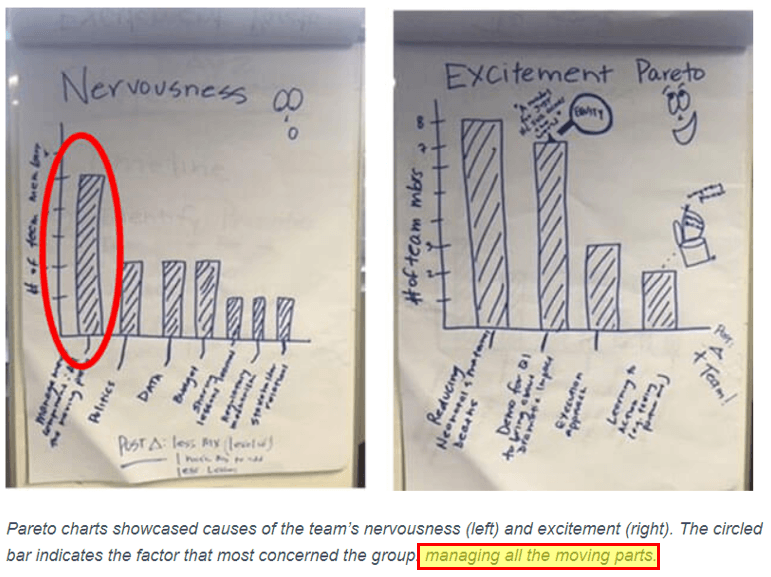
Intuitive Tools for Better Patient Care
Healthcare has too many moving parts. It’s a common cry in the industry, especially for healthcare quality and safety professionals.
In January 2019, the Institute for Healthcare Improvement (IHI) polled a group of members embarking on a large-scale project to reduce maternal and newborn mortality. When asked what aspects of the project made them most nervous and what made them most excited, “managing all the moving parts” was the top cause of concern.
As the poll indicates, between reporting, forms, metrics and insurance, plus the innate complexities of patient care – things can get complicated very quickly.
The Challenge: Too Many Moving Parts
The “moving parts” dilemma is all too familiar to healthcare quality and safety professionals. When it comes to patient care and process improvement, it’s always been a delicate balance between quality, safety, and context.
Too often, there exists a large gap between “ticking the box” and the actual process of conceiving, planning and evaluating improvements. When metrics and event reporting become mutually exclusive tasks within healthcare organizations, everyone suffers. Departments miss out on the benefit of shared information, and the level of patient care remains stagnant or worse, declines.
There are a few healthcare IT products on the market that aim to tackle the moving parts problem – but most of them fall short. You find yourself manually moving and processing data or repeating tasks because system modules don’t “talk to each other”. Simple calculations are left to the user. Navigation of the application is overly complex and language unintuitive. Users’ engagement with the various systems and methodologically-driven manual processes is daunting and painful.
Healthcare organizations are looking for the most efficient ways to leverage human, financial, and physical resources in support of top-notch patient care. Despite best efforts though, non-universal systems & software, and information silos between departments often get in the way of progress. The result is a lot of fractured effort and reduced productivity.
The Solution: Informed Insights, Action Plans
What if you could spend less time managing “moving parts” and more time providing and improving patient care?
What hospitals need most are healthcare technologies that not only collect data, but also provide context and insights that lead to better and safer patient experiences. They need software solutions that are easy-to-use, intuitive, collaborative and, most of all, coherent.
Quality performance metrics matter, but they don’t tell the whole story. Metrics force you to work with simple data, while what you really need are the actionable insights derived from that data. And, managers and executives trying to drive improvement need answers to “How did we get here ?” and “What are we doing to fix this ?” without going on a safari or waiting on an analyst or staffer to chase and manufacture those answers.
Our number one goal behind the design of ActionCue CI was smoothly bringing together all those “moving parts”. Separate functions and departments for Quality Management, Event Reporting and Performance improvement don’t reflect, and don’t contribute well to, the true, unified goal of optimizing patient care and its costs. More than just another set of spreadsheets, event reporting software, and assembled briefing book – metrics, facts and progress tracking are synthesized into valuable insights with corresponding cues. The innovative new technology supports patient-centered care by facilitating management and work for performance improvement projects. One Goal. One Platform. Coherent Insight.
